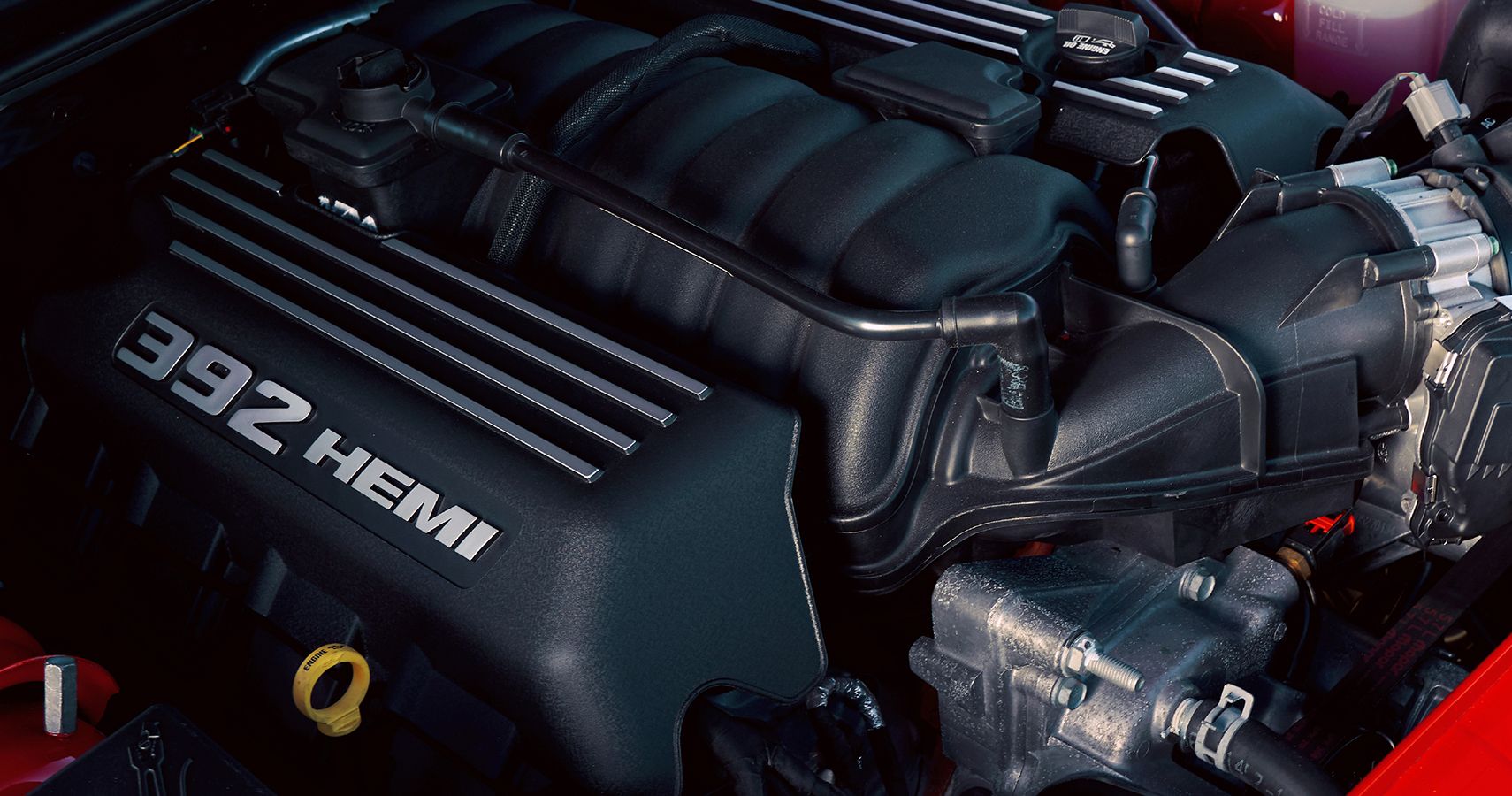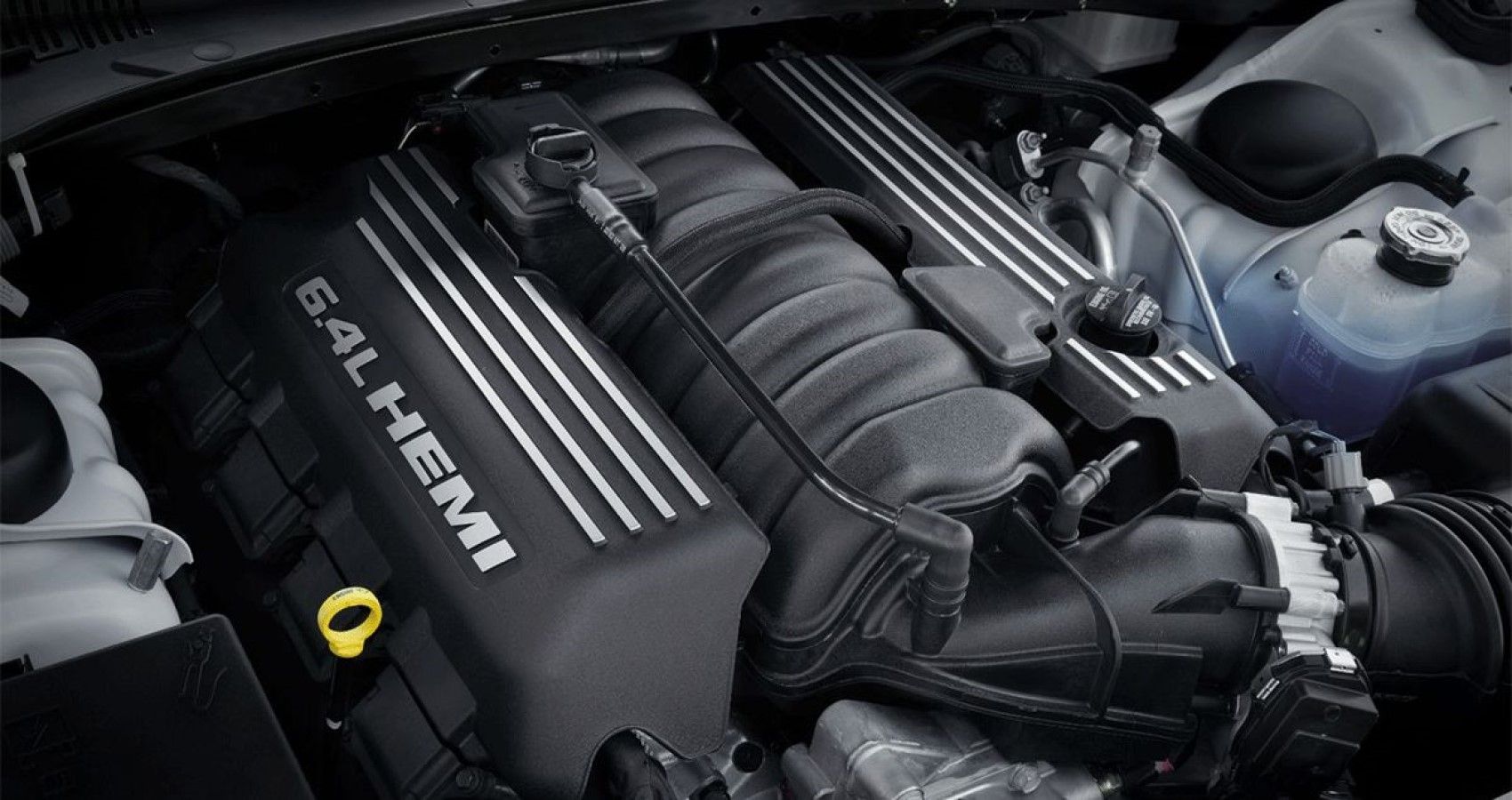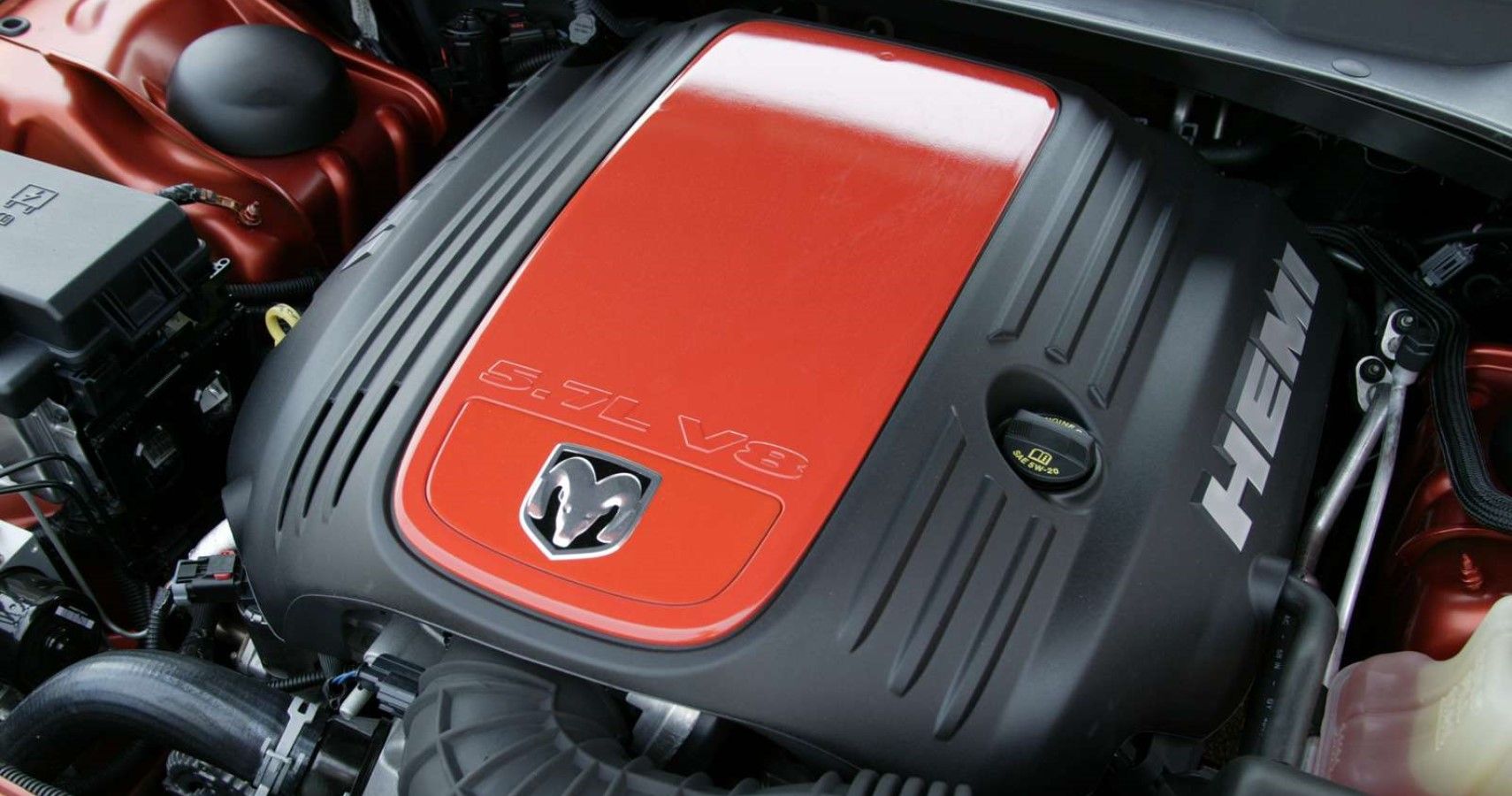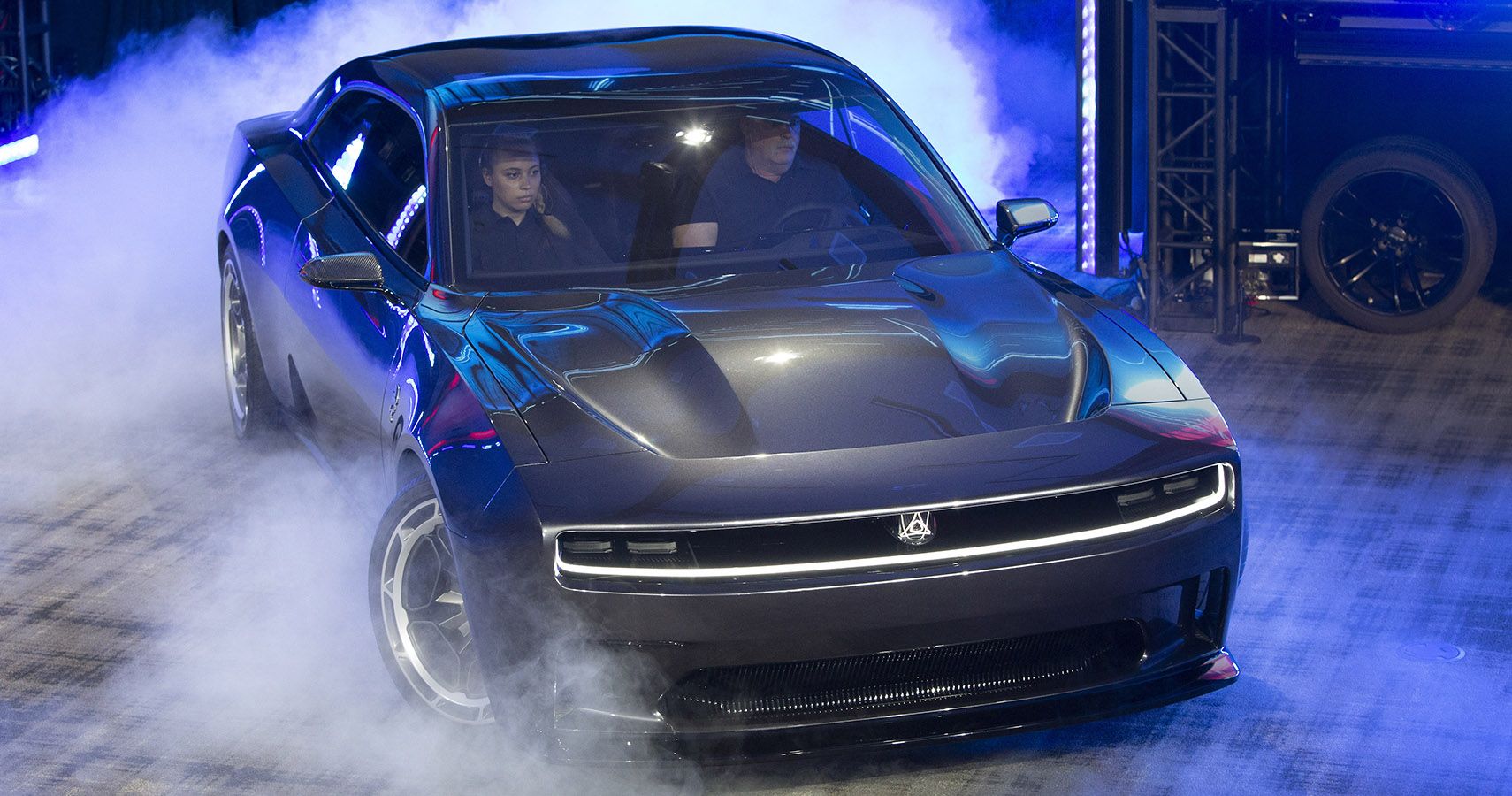Key Takeaways
- The Hemi engine, known for its hemispherical combustion chamber design, was a key factor in Chrysler's success in the mid-20th century. However, it was retired in the early seventies due to various factors.
- The Hemi engine made a comeback in the early 2000s with modern enhancements such as fuel injection and two spark plugs per cylinder. Overall, Hemi V8 engines are generally reliable, with many drivers clocking over 150,000 miles without major issues.
- The 5.7-liter Hemi V8 is considered the most reliable among the modern Hemi engines. However, high mileage alone does not determine reliability, as proper care and maintenance play a significant role. As the automotive industry shifts towards sustainable energy, the future of the Hemi engine remains uncertain.
The success of Chrysler during the mid-20th century had a lot to do with the Hemi engines. The 426 Hemi is perhaps the most iconic Hemi in history, finding its way into many classic Dodge and Plymouth models. However, the oil crisis and a cocktail of other factors led to Chrysler retiring the Hemi nomenclature in the early seventies.
Updated September 2023: With the Hemi engine's long reign at the top of the V8 charts set to come to an end in 2024, we've updated this article with what you should look out for when it comes to Hemi V8 reliability concerns.
The moniker made a comeback in the early 2000s with the 5.7-liter Hemi V8. However, this modern Hemi used two spark plugs per cylinder to increase ignition efficiency. Furthermore, the addition of modern engine technologies like fuel injection and a distributor-less ignition made the Hemi a proper 21st-century motor. But just how reliable are these Chrysler Hemi V8s?
What Is So Special About A Hemi Engine?
Engine Specs
|
Manufacturer |
Chevrolet |
|
Years |
1951-present |
|
Configuration |
V8 |
|
Displacement |
5.4-liters to 6.2-liters |
|
Power |
180 hp to 1,025 hp |
|
Fuel |
Gasoline |
|
Noteworthy Applications |
Jeep Grand Cherokee, Dodge Challenger, Chevrolet Corvette |
If you know your muscle cars, you’ll definitely remember the pony car era. In the 1960s, manufacturers were all for the idea of a performance coupe that's hot in demand. Ford gave the idea momentum with the Mustang and revolutionized the American motoring industry forever. Plymouth and Dodge quickly adopted the concept and started the churn. Both were happy with their contributions to the Chrysler Corp and were chugging along pretty well.
The real trick up their sleeves was the Hemi V8, debuted in the form of the Chrysler Firepower V8 in the early 1950s. What made a Hemi engine so special was the hemispherical combustion chamber design, or more specifically, the semi-spherical upper portion of the combustion chamber. With a curved combustion chamber above the tops of the pistons, the spark plugs could be positioned in recesses and larger intake and exhaust valves could be fitted. It all resulted in increased combustion efficiency, and improved power while keeping the displacement similar to the competition who were largely using flat head designs.
Are Hemi V8 Engines Reliable?
Although a Hemi V8 is no Toyota by any stretch of the imagination, Hemi-drivers have clocked more than 150,000 miles without much trouble. There are plenty of high-mileage Hemi V8s available for sale. The Hemi family is generally very dependable.
However, you ought to be aware of the “Hemi tick.” The problem in question is a ticking sound that’s known to come from the engine, signifying issues with lifters, valves, or even just bad gasoline. Is it a catastrophic failure? Probably. This is something that some people say is normal with the design, while others say it's not. It is a relatively inexpensive fix and not a majorly detrimental failure, depending on what part went wrong.
Another common problem with the Hemi engine is that the exhaust manifold bolts have been known to snap off. Usually, the bolts that are at the back two cylinders are the ones that break. The rear cylinders usually run a bit hotter than the front ones, eventually snapping off. The third most common problem involves the multi-displacement system, which has been used on all 2009 and newer Hemis. The MDS system is designed to turn off four of the eight cylinders when cruising to give you better fuel economy. Some people report problems with the engine not doing it or having trouble restarting.
Is The 5.7 Hemi The Best V8 Engine?
Part of Chrysler’s modern Hemi arsenal is the 5.7, 6.1, 6.4, and 6.2-liter supercharged V8s. Of the bunch, it’s the 5.7-liter Hemi that stands out as the most reliable. That said, even the performance-centric Hellcat Hemis are solid, going 100,000 miles or more without serious problems.
But it’s worth pointing out that mileage (in the context of old cars or performance cars) isn’t that accurate of a metric when it comes to reliability. The reason being that a high-mileage car that's been cared for could be far more reliable than a beat-up car that’s done 60,000 miles.
Is The Hemi V8 Going Away?
It’s no surprise that the bulk of the Hemi’s popularity has been shouldered by Dodge and RAM. With the automotive industry shifting towards sustainable energy, it’s companies like Dodge with the Hemi that really embrace what internal combustion engines are. The sheer amounts of unadulterated drama and sense of occasion will likely remain unmatched. With the Hellcat siblings flipping environmentalists and pushing the very limits of emissions, it’s hard to accept that the end is near.
Everyone in the motoring business knows how much of an influence Dodge is. “Mopar or no car” is a mantra in the world of muscle cars. The significance of Dodge and its contributions are often praised for how wild and insensible they seem, and we cannot agree more. The Charger Hellcat Redeye is clearly for someone with a mental age of nine, while the Durango Hellcat is a crazy three-row excuse for absurdity. If there’s anyone who’s showing any respect to its roots, it’s Dodge. It’s been in the market for a while, and the fundamentals of the brand have remained largely the same.
Since we won't see another Hemi V8 in the coming years, it’s important to embrace the idea of colossally-sized near-700 horsepower engineering feats. With emissions taking a good chunk of the emotion away, Chrysler and its Hemi V8s should be given a proper sendoff. After 20 years, we’ll look back and cherish the rowdy days of everyday machines that gulped fuel and belched fumes, never having any thoughts of sustainability or vegan leather. But alas, the times are changing. For better or for worse, we are yet to find out.
Sources: Dodge, Tuning Pro




